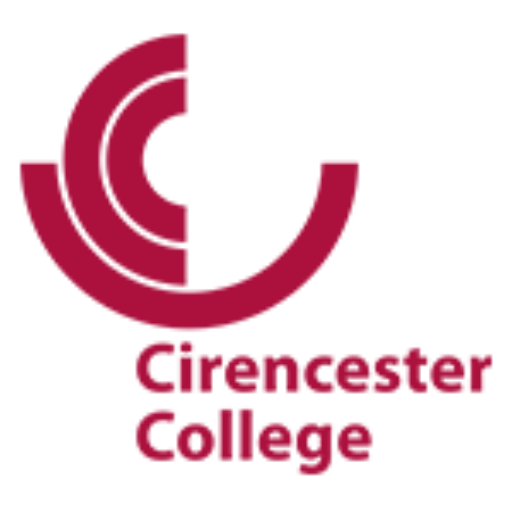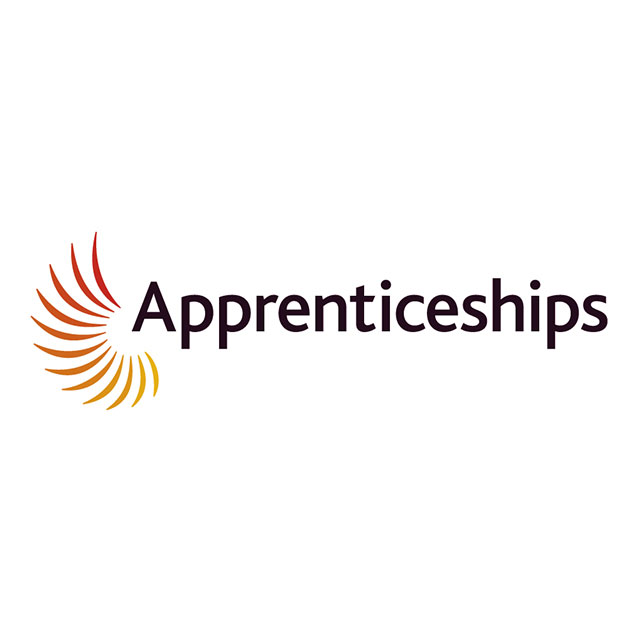DO NOT DELETE OR EDIT THIS ROW OR ITS CONTENTS

Mathematics : Higher GCSE

GCSE Maths Higher is for students who are targeting a Grade 6 or higher. The entry requirement is a Grade 4 in Maths, but students are also accepted onto the course if they are entering UK mainstream education from either home educated backgrounds, foreign schools or Steiner schools, if appropriate. The main reasons that students take this course are either to meet university entry requirements, to supplement BTEC and T-level qualifications, or to enable progression onto A-level courses requiring GCSE Maths at Grade 6 or above. If you have a Grade 4 and are aiming for a Grade 5, you could achieve this by re-sitting the Foundation exam in November, or you could join this Higher course.
What will I study in Mathematics : Higher GCSE?
Whist familiar skills such as fractions, ratio and percentages are still present, we consolidate and extend topics at the upper end of the Foundation syllabus such as trigonometry, standard form, quadratic & simultaneous equations, and graphs. These algebraic topics will also feature heavily in the T level Engineering course, so they will be highly relevant to you if you're also studying that subject.
Entry Requirements
Grade 4 in GCSE Maths
How will I learn?
When learning Maths, you need to do lots of practice to help embed the techniques and concepts. Consequently, lessons and homework assignments will involve lots of practice questions! We have specially designed workbooks to ensure that all classes progress through the topics at a similar rate and to an appropriate depth.
To help us all hit the ground running we will set the summer Flying Start homework which has practice questions on various topics you will have studied previously, such as percentages, ratio, equations and geometry. We will provide you with links to video tutorials so you can get help on these topics as needed.
In the final 4-5 weeks of the course, our focus turns to completion of past exam papers. By completing past papers you not only become more familiar with the kinds of questions that you will be set in your exam, but you also become significantly more adept and confident at answering those questions.
How will I be assessed?
There will be 3 exams at the end of the year.
One non-calculator paper and two calculator papers.
Each paper is 90 minutes long.
There will be a formal mock exam in February which will give you the experience of what it's like to sit an exam at Cirencester College.
Are there any costs involved?
Much like when you were at school, you will be expected to have a geometry set (ruler, protractor, compasses) as well as a pen, pencil and eraser.
You are also expected to have a scientific calculator. As a minimum, you should have a Casio FX-83GT CW or FX-85GT CW. If you would like a calculator which has some additional functions which will help you with quadratic and simultaneous equations, we recommend getting a Casio FX-991CW. If you need to buy one they typically cost about £15.
FAQs
If you would like a calculator which has some additional functions which will help you with quadratic and simultaneous equations, we recommend getting a Casio FX-991CW.
Skills such as Pythagoras, Trigonometry, Quadratic Equations, Rearranging Formulae, Standard Form, Volume Area & Perimeter, and analysis of Graphs are skills that you will need in your Engineering course and your future Engineering career. By studying them in Higher GCSE Maths you will be reinforcing these skills and thereby becoming much more fluent in them, ready to apply them in context within Engineering.
Awarding Body
EDEXCEL
What can I do after I have taken this course?

DO NOT DELETE OR EDIT THIS ROW OR ITS CONTENTS









